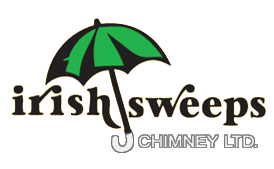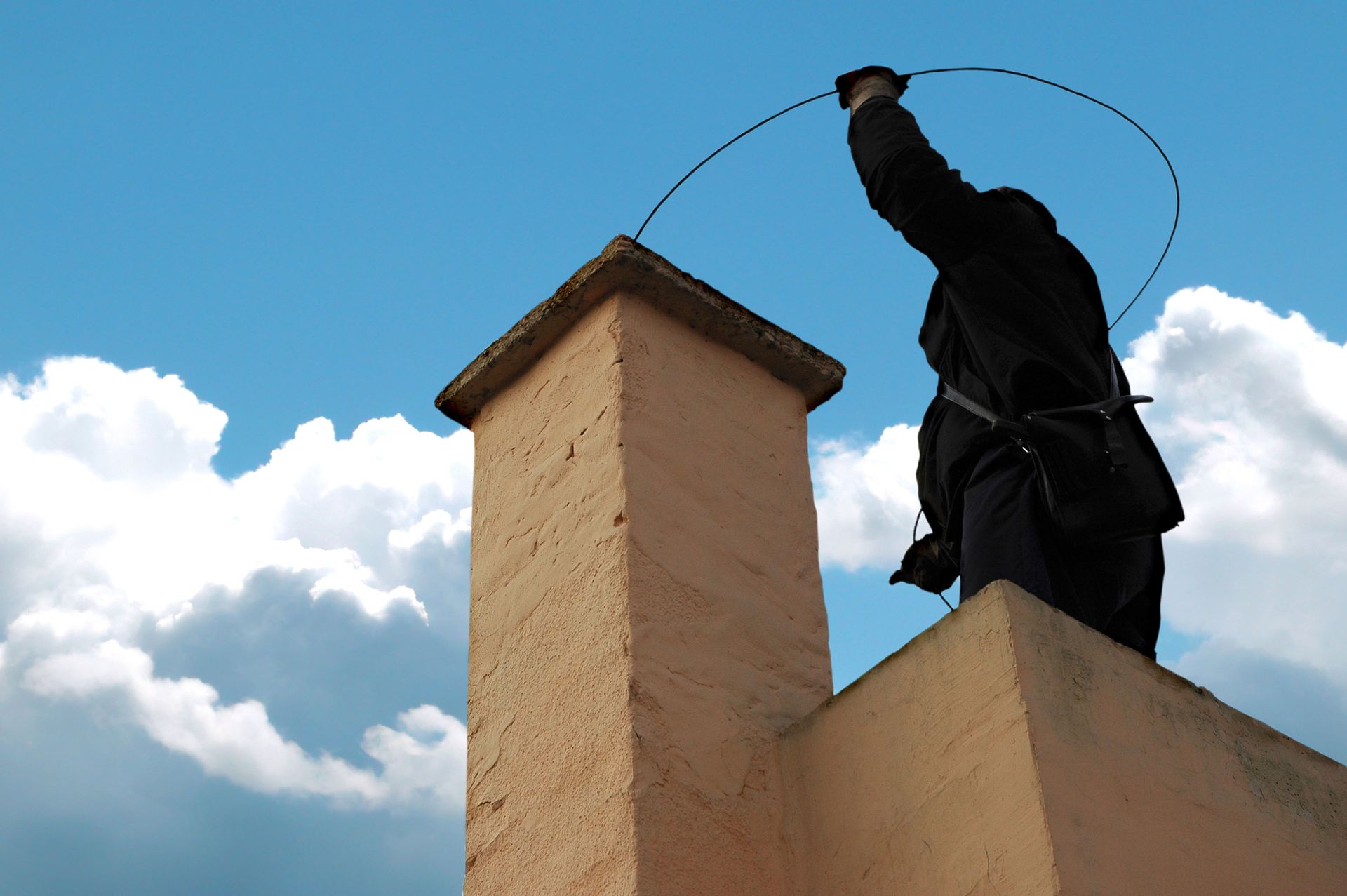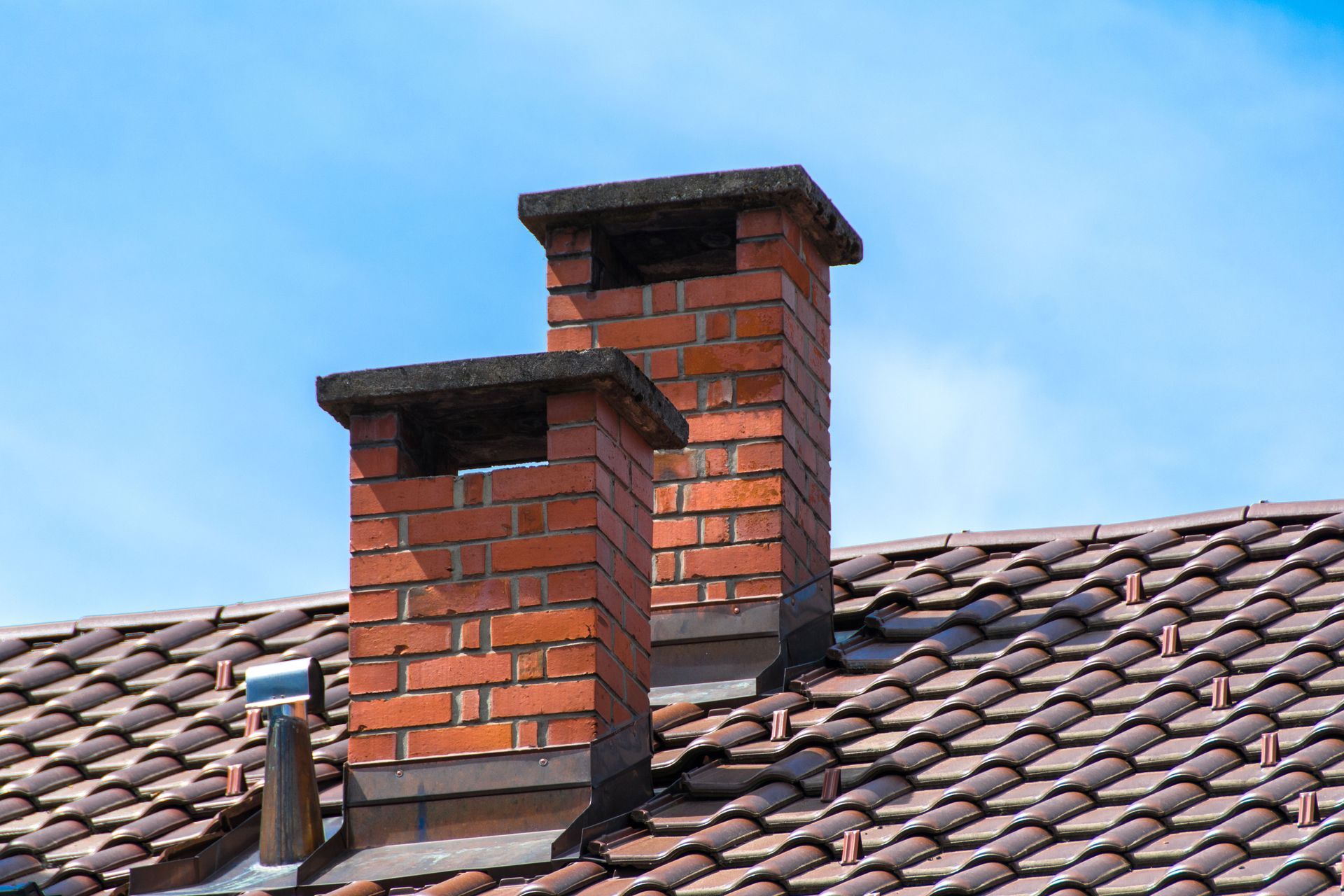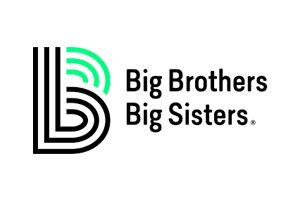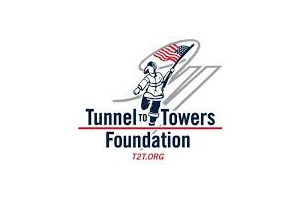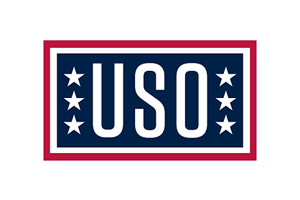October 22, 2025
A well-maintained chimney is more than just a feature of your home—it's a critical safety component that ensures your family's comfort and protection. Unfortunately, many homeowners overlook chimney maintenance, assuming it's only necessary when a problem arises. The truth is that neglecting your chimney can lead to dangerous situations, including fires, smoke damage, and structural issues. Regular care not only prolongs the life of your chimney but also safeguards your home and family.
Chimney maintenance is not just a seasonal concern; it's a year-round responsibility. Homeowners who use fireplaces, wood stoves, or even gas appliances connected to a chimney must be vigilant. From the accumulation of creosote to cracks in the flue, problems can escalate quickly if left unaddressed. According to Illinois.gov, residential chimney fires result in millions of dollars in damages, about 10 deaths, and 30 injuries annually. This statistic underscores the importance of proactive care and regular inspections.
In this guide, we'll explore the essentials of chimney maintenance, including inspection schedules, cleaning methods, common repairs, and tips for preventing hazards. By understanding these key areas, you'll be better equipped to protect your home, increase your chimney's efficiency, and avoid costly repairs down the road.
The Importance of Regular Chimney Inspections
A chimney inspection is the cornerstone of effective chimney maintenance. Professional inspections identify potential hazards, structural weaknesses, and signs of wear before they become serious problems. Experts typically classify inspections into three levels: Level 1 covers a basic visual check, Level 2 involves examining accessible parts of the chimney system, and Level 3 includes a thorough inspection of concealed areas. Even if your chimney appears in good condition, a Level 2 or 3 inspection is recommended if you're buying a home, making renovations, or experiencing unexplained smoke issues.
Routine inspections help detect creosote buildup, cracks in the masonry, and blockages caused by birds, nests, or debris. Catching these problems early reduces the risk of chimney fires and structural damage. Homeowners should schedule an inspection at least once a year, ideally before the start of the heating season. For households using their fireplace frequently, semi-annual inspections may provide added peace of mind.
Understanding Creosote and Its Dangers
Creosote is a highly flammable substance that forms from the incomplete combustion of wood. Over time, it coats the inner walls of your chimney, creating a fire hazard. Creosote buildup is one of the leading causes of residential chimney fires, which can be devastating. Dark, shiny deposits indicate more advanced creosote accumulation and require immediate attention.
Preventing creosote accumulation is a key aspect of chimney maintenance. Burning dry, seasoned wood reduces the amount of creosote that forms. Avoid burning treated or painted wood, as it produces more smoke and toxic residues. Additionally, incorporating regular chimney sweeping as part of your maintenance routine keeps creosote levels manageable and helps maintain airflow, improving the efficiency of your fireplace or wood stove.
Chimney Cleaning Techniques
Professional chimney cleaning is a vital part of chimney maintenance. Sweepers use specialized brushes and vacuums to remove creosote, soot, and debris from the flue. While homeowners can perform light cleaning of the firebox and hearth, it's essential to hire a professional for a complete flue cleaning. This ensures safety and thoroughness, reducing the risk of chimney fires.
Mechanical and chemical cleaning methods are available depending on the level of buildup. Mechanical brushing is the most common approach, physically scraping off deposits. Chemical cleaners can complement this process by breaking down stubborn creosote residues, though they should never replace a thorough manual cleaning.
Scheduling a professional cleaning at least once a year is recommended for most households, and more frequent cleanings may be necessary for homes with heavy fireplace use.
Common Chimney Repairs Homeowners Should Know
Even with regular maintenance, chimneys can develop issues over time. Common repairs include fixing cracks in the masonry, replacing damaged flue liners, and repairing chimney caps. Water damage is another frequent problem, as moisture can seep into the brickwork and cause deterioration. Addressing small issues early prevents more extensive and expensive repairs later.
Tuckpointing, the process of repairing mortar joints, is a standard chimney repair that enhances structural stability and prevents water infiltration. Additionally, ensuring your chimney cap is intact keeps rain, animals, and debris out of the flue. Chimney maintenance extends beyond cleaning; proactive repairs are essential for safety, efficiency, and longevity.
Preventing Water Damage and Structural Issues
Moisture is one of the most damaging threats to chimneys. Rain, snow, and ice can penetrate masonry, leading to cracks, rusted components, and interior damage. Installing a water-repellent sealant and maintaining a well-fitted chimney cap are effective preventive measures. These steps protect the interior of the chimney from corrosion and reduce the likelihood of expensive repairs.
Routine inspections also help identify early signs of structural issues. Watch for leaning chimneys, crumbling mortar, or flue liner damage. Addressing these problems promptly maintains the chimney's integrity and keeps the home safe. Proper waterproofing combined with regular cleaning and inspection is a comprehensive approach to long-term chimney maintenance.
Tips for Safe Fireplace Use
Maintaining your chimney is only part of the equation; safe fireplace use complements your efforts. Always use a fireplace screen to prevent embers from escaping, and avoid overloading the firebox with too much wood. Never leave a fire unattended, and make sure the chimney damper is fully open before lighting a fire to allow proper ventilation.
Using seasoned hardwood, like oak or maple, produces less smoke and reduces creosote formation. Avoid burning cardboard, trash, or other non-wood materials, as they release harmful chemicals and accelerate flue buildup. These simple practices, combined with routine chimney maintenance, significantly lower the risk of accidents and improve heating efficiency.
Signs Your Chimney Needs Immediate Attention
Recognizing warning signs can prevent serious accidents. Smoke that blows back into the room, a strong or unusual odor, and visible cracks or crumbling bricks are all indicators that your chimney requires immediate professional attention. Other red flags include birds or small animals entering the flue, excessive soot on the firebox, and water stains on surrounding walls or ceilings.
Promptly addressing these issues can save homeowners from costly damage, health hazards, and fire risks. Ignoring them can result in chimney fires, structural collapse, or dangerous smoke and carbon monoxide exposure. Staying vigilant and calling a professional at the first sign of trouble is a cornerstone of responsible chimney maintenance.
The Benefits of Hiring a Professional
While some basic maintenance tasks can be performed by homeowners, hiring a professional is the safest and most effective way to manage chimney maintenance. Professional technicians have the experience, tools, and knowledge to identify hidden issues, perform thorough cleanings, and execute repairs correctly. Attempting complex tasks on your own can lead to incomplete cleaning, injury, or further damage.
Professional services also offer peace of mind. Knowing that your chimney has been inspected, cleaned, and repaired by trained experts reduces stress and helps you avoid emergencies. Whether it's a routine cleaning, a masonry repair, or a complete inspection, enlisting professionals ensures your chimney is reliable and safe.
Regular attention to your chimney not only extends its lifespan but also improves your home's overall safety and comfort. Ignoring maintenance can result in costly repairs and, more importantly, endanger lives. By following seasonal checklists, recognizing warning signs, and consulting professionals, homeowners can enjoy the warmth and ambiance of their fireplace with confidence.
For comprehensive, reliable chimney maintenance services, turn to Irish Sweeps Chimney Ltd. Our team of experts provides inspections, cleaning, and repairs that keep your chimney in top condition, ensuring your home stays safe and your fires burn bright. Don't wait until a small problem becomes a costly emergency—schedule your chimney maintenance today and enjoy the peace of mind that comes with professional care.
